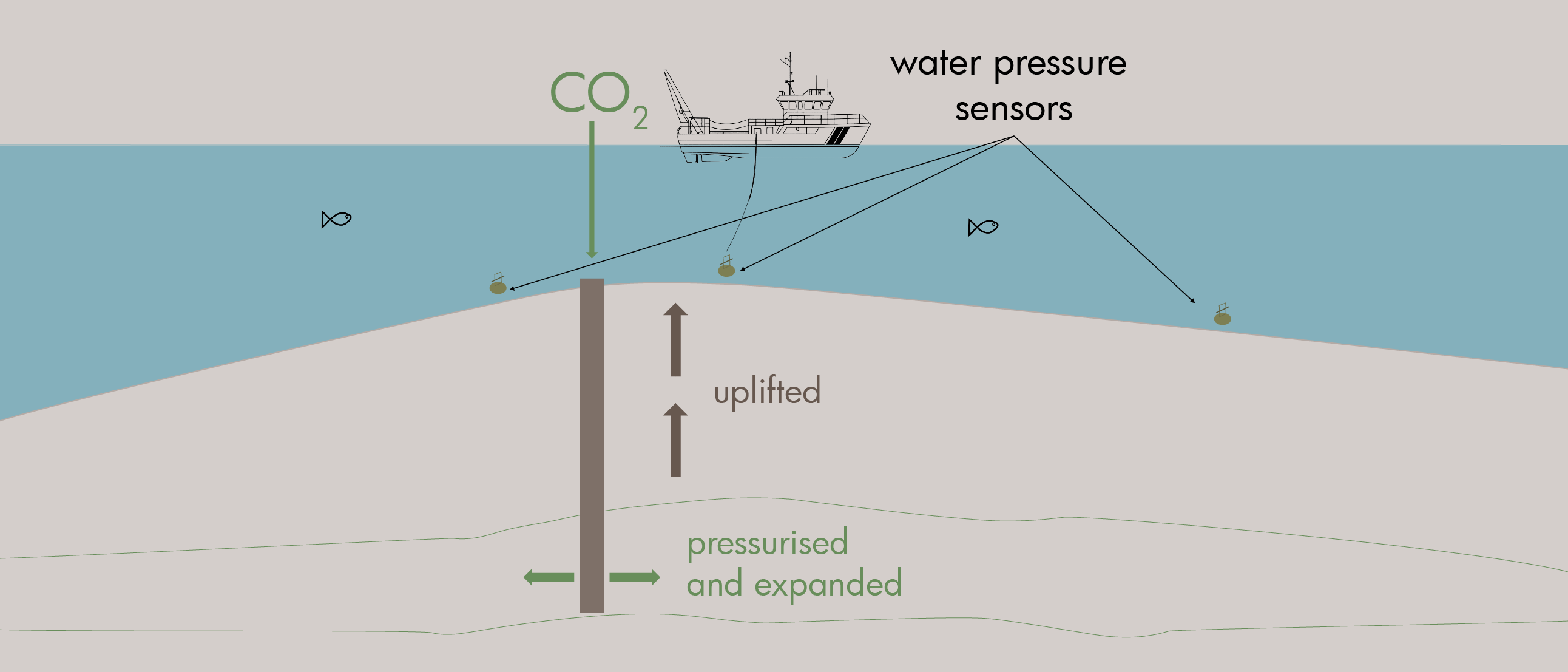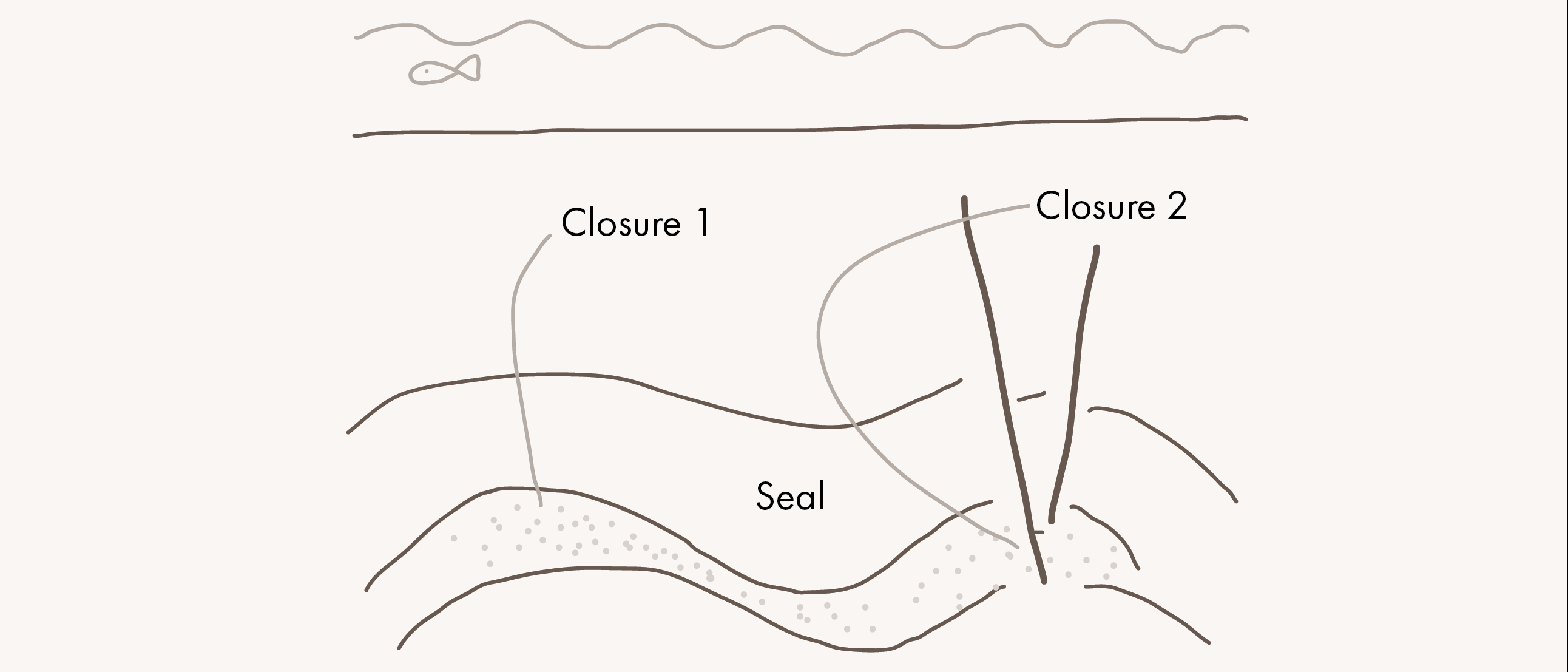CFD is used to model the leak rate of CO₂ through abandoned wells and to verify that the leak rates are As Low As Reasonably Possible.
The risk of loss of well integrity due to differential thermal response in the overburden and potential well failure during cold CO₂ injection is modelled using coupled CFD and Finite Element Analysis (FEA).
Applying methods developed for conventional oil and gas wells, the injection of CO₂ into subsurface CCS stores is modelled to optimise well and overall development design.
Mike Byrne is Manager of Rock Properties at Axis Well Technology. With 35 years’ experience in Formation Damage and Stimulation, Mike has twice served as an SPE distinguished lecturer and is a leading authority on Formation Damage, laboratory testing and advanced numerical inflow modelling.
AN ODE TO CARBON STORAGE MODELLING
Consider an old well with leak
An answer we’re going to seek
Using models of paths
Rate, pressure and maths
We de-risk the leak so to speakThere once was a well in construction
Designed to allow it to function
Inject CO₂ to help save the planet
Sealed from surface to storeWith steel tubing, cement in addition
Subjected to freezing condition
So a team of bright sparks got to ponder
Could we forecast and not just wonder
CFD and FEA were the tools that were found
To keep CO₂ under groundA well filled with water is fine
But a well filled with acid’s a swine
When we shut the well in
Could movement begin
CO₂ and water combine?Phase change in this system is complex
With changes in thermodynamics
Dense phase, liquids and gases
Compete as the plume advances
But how to predict is a challenge to all
Coupled models have answered the call
High rates and velocities a worry
CO₂ going in, in a hurry
Erosions a problem that can be predicted
CFD can help show what’s afflictedInjectivity, viability
Joules Thompson cooling, uncertainty ruling
Use CFD and we can believe
Injection that we can achieve(Read by Mike Byrne at this year’s DEVEX Conference in Aberdeen, June 2024)





